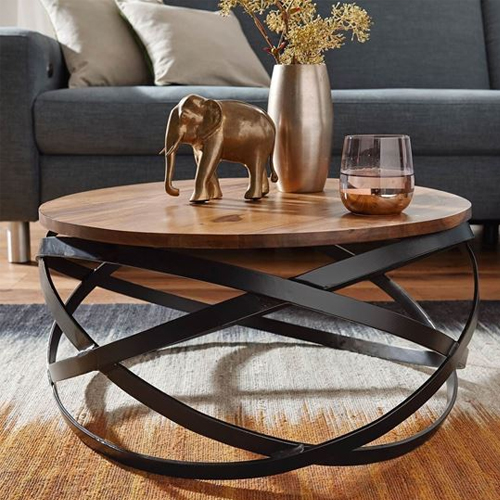
Hammock
A hammock is a suspended bed or couch made of fabric, rope, or netting, typically hung between two points, such as trees or posts. Hammocks are known for their relaxation-inducing swaying motion and have been used for centuries in various cultures around the world. Here are some key features and considerations related to hammocks:
-
Materials:
- Fabric: Hammocks can be made of various fabrics, including cotton, polyester, nylon, or a blend of materials. Each material has its own characteristics, such as breathability, durability, and resistance to the elements.
- Rope or Netting: Traditional hammocks are often made of ropes or netting, providing a classic and open design.
-
Types of Hammocks:
- Brazilian Hammocks: Typically made of cotton fabric, Brazilian hammocks are known for their comfort and vibrant colors.
- Mayan Hammocks: Handwoven with thin fibers, Mayan hammocks are lightweight and breathable. They often have intricate designs and come in various sizes.
- Spreader Bar Hammocks: These hammocks have a spreader bar at each end, which keeps the hammock open and flat for easy entry and exit.
- Camping Hammocks: Designed for outdoor enthusiasts, camping hammocks are often made of lightweight and durable materials. They are compact and easy to set up, making them suitable for backpacking.
-
Size and Capacity:
- Hammocks come in different sizes, and it's essential to choose one that accommodates your intended use. Consider the weight capacity to ensure it can support the number of users.
-
Suspension System:
- The way a hammock is suspended can vary. Some hammocks come with built-in straps or ropes, while others may require a separate suspension system, such as tree straps or carabiners.
-
Portable and Travel-Friendly:
- If you plan to use your hammock for camping or outdoor adventures, consider the portability of the hammock. Look for models that are lightweight, compact, and easy to set up and take down.
-
Comfort Features:
- Some hammocks come with additional comfort features, such as built-in pillows, padded fabric, or spreader bars that keep the hammock open for a flatter and more bed-like surface.
-
Indoor vs. Outdoor Use:
- While many people associate hammocks with outdoor use, there are also hammocks designed for indoor spaces. Indoor hammocks may be made of different materials to suit interior decor.
-
Accessories:
- Consider additional accessories like hammock stands, rainfly (for camping hammocks), or mosquito nets to enhance your hammock experience.
-
Weather Resistance:
- Depending on your intended use, choose a hammock that is suitable for the weather conditions. Some hammocks are designed to be weather-resistant, while others may require protection from the elements.
-
Installation:
- Check the installation requirements for the hammock. Some hammocks require specific anchor points, while others may come with their own stands.
-
Budget:
- Hammocks are available at various price points, and the cost can vary based on factors such as materials, size, and features. Set a budget and find a hammock that meets your criteria.
Hammocks provide a unique and relaxing way to enjoy the outdoors or create a cozy spot indoors. Whether you're looking for a traditional rope hammock, a colorful Brazilian hammock, or a compact camping hammock, there are plenty of options to suit different preferences and needs.














